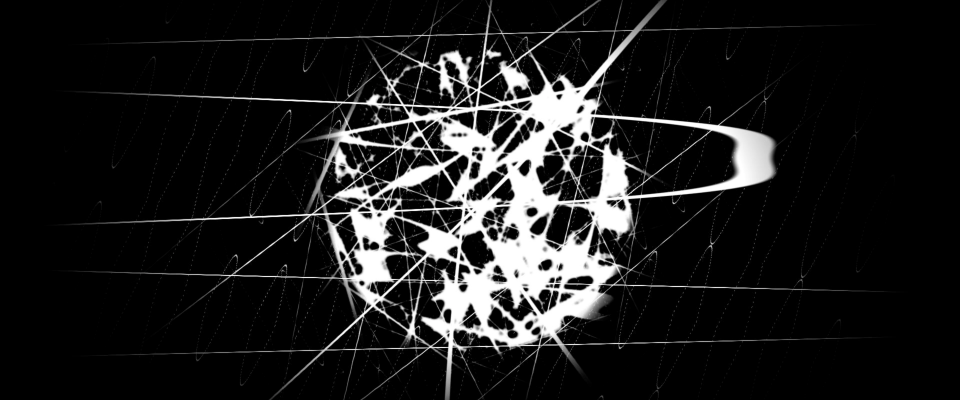Paul Mazzitelli
Experiments in sound and vision. Combining various digital and analogue methods to create audiovisual art. Collaborating with chance procedures, algorithms, feedback and technology past and present to produce these works.
More About Me
Artwork - Shulsaga (17:07)
Play full-screen.
The piece refers to a Sumerian Goddess of the Stars, 'Shulsaga'.
This work is inspired by ancient Sumerian iconography and symbolism, drawing from the use of sacred geometry and sophisticated astronomical and mathematical knowledge from over 6000 years ago.
Sumerian mythology claims that gods who ruled over Earth travelled from a distant planet and bestowed knowledge and technology upon the inhabitants of Mesopotamia, known as 'the cradle of civilisation'.
Throughout this project, I have been researching the work of John Whitney, widely considered to be the father of computer animation. Whitney's use of computer systems and mathematics to develop motion graphics and digital animation alongside (eg. Experiments in motion Graphics) the use of mechanical computers has heavily influenced my approach to creating the visual elements in Shulsaga. Whitney's work uses simple shapes to display mathematical harmonies that are found in nature, helping to inform our understanding of the universe.
The 1977 film Powers of Ten, was an inspiration for the narrative of the piece. The short film looks at similarities in shapes and patterns through the vastness of space and the atomic world within us. Planets, Stars, Galaxies, Electrons, Nucleus and Atoms subscribe to the same mathematical rules, which is a theme that runs throughout.
Method: Created using a hybrid digital/analogue technique with computer coding and employing various algorithmic processes. The work is largely generative and utilises aleatoric composition practices for both sound and vision.


